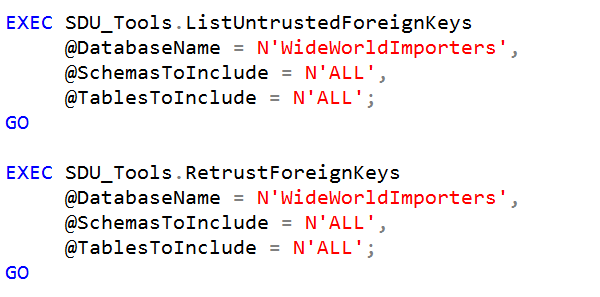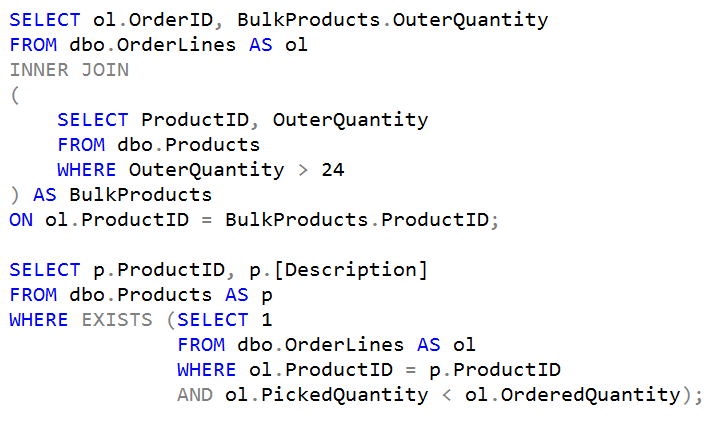
Calculating sales volume in food wholesaling systems
In a previous post, I described the issues with measuring quantities in warehousing systems. I showed how you could well need to measure more than just quantities purchased or sold. You often need to deal with the hierarchies of containers that goods are supplied in.
But while food wholesale systems will need to deal with quantities like I described in that post, they often have another layer of complexity. Items are often sold by:
2025-03-05









